- The Antarctic Treaty to Avoid Conflict over Continental Disputes was signed in 1959.
- Countries that carry out activities in Antarctica are committed to preserving the region.
- It is not unimaginable that in the future there will be military conflicts in Antarctica due to mineral resources and territorial claims.
Antarctica is a continent located in the geographic South Pole of the planet and bathed by the Atlantic, Pacific and Indian oceans.
The Antarctic continent has 98% of its area covered by a layer of ice, however it is an area of fundamental importance, as it contains 70% of the world’s freshwater reserves – in glaciers – and its melting directly affects the level of the oceans.
In addition, its natural resources have become the interest of world powers for research and exploration purposes, making the continent a target of geopolitical disputes and the reason for potential conflicts in the near future.

The Antarctic Treaty and the Madrid Protocol
The Antarctic Treaty was signed in Washington on December 1, 1959. With the negotiation of this agreement, the countries that develop activities in Antarctica undertook to put the use of the continent on the agenda, to discuss the limits of Arctic exploration, with the aim of preserving the region rather than allowing it to become an object of international discord.
It was created because between the years 1957 and 1958, called the International Geophysical Year (AGI), it marks one of the largest series of discoveries of terrestrial and spatial characteristics.
From a political point of view, the AGI proved to be relevant for having alerted nations about the importance of preserving Antarctica for world peace, the development of science and international cooperation.
Thus, in 1959, 12 countries (South Africa, Argentina, Australia, Belgium, Chile, United States of America, France, Japan, New Zealand, Norway, United Kingdom and Russia) signed the Antarctic Treaty which came into force in 1961. , as original signatory members.
In short, its fourteen articles predict that Antarctica can only be used for peaceful purposes; guarantees freedom for the continuity of scientific research; promotes international scientific cooperation;
In addition, it prohibits nuclear explosions and the disposal of radioactive waste on site; provides for inspections; requires member countries to disclose in advance the activity plan of their expeditions; among other rules.
The Protocol to the Antarctic Treaty on the protection of the environment, which is also known as the Madrid Protocol, was established in 1998, and aims at the full protection of Antarctica for at least 50 years.
The Madrid Protocol gave Antarctica the status of an “International Nature Reserve dedicated to Science and Peace” and, if there is unanimous agreement among the advisory members of the Antarctic Treaty, it could be modified in 2048.
Antarctica as a Geopolitical Dispute between International Powers
Despite the Treaty providing a mechanism for cooperation and deterring possible conflicts in the region, the management and allocation of resources is a challenge. Marine protected areas in the Ross Sea and East Antarctica are targets of fishermen’s desire to exploit more resources.
China shows interest in fishing more intensively in the Southern Ocean. The country has invested heavily in science, infrastructure and economic activities such as fishing, tourism and biological prospecting.
Countries do not always agree on what serious environmental damage would actually be and any topic related to Antarctica can be politicized quickly, while climate change is noticed in the continent’s thaw.
In the 20th century, military powers tried to make use of Antarctica for nuclear tests. More recently, the continent’s strategic position for transport via ocean and/or air navigation has been noted.
In addition to transport, Antarctica’s natural reserves constitute important future resources, such as fresh water, metallic and atomic minerals and fossil fuels.
In the scientific area, research reveals important data that contribute significantly to the study of climate, glacier dynamics, astronomy, biology, and even to areas related to the study of life on the planet.
Finally, there is no escaping the fact that the Antarctic continent is linked to eminent global geopolitical tensions.
Research and Science in Antarctica as a Power Tool
Science is important in Antarctica because, unlike most other areas of the world, it remains relatively untouched and all activities are carefully controlled and monitored.
Scientific studies in the region help our understanding of global environmental issues. In addition, Antarctica is regarded as a barometer of climate change.
In 2020, Russian company Rosgeologia carried out surveys in the Riiser-Larsen Sea to assess the potential of offshore oil and gas, which would be another possible source of energy for its owner and a possible cause of international tensions.
China has a keen interest in Antarctic natural resources for the purpose of making a profit and to support a population of over 1 billion people that depends on energy imports. That’s why he dubbed Antarctica the “global treasure house of resources”.
For China, this is an opportunity to also vary global transport options, as the Antarctic location offers routes through South Africa, Chile and the Cape and South East Australia.
Antarctica is also home to areas that offer advantages for military infrastructure. Satellite ground stations are dual-purpose, with benefits for both civilian and military. In addition, they allow countries to use orbital infrastructure for command and control systems.
Political scientist Anne-Marie Brady states that “any state that dominates the airspace of Antarctica … could potentially control air access to all of Oceania, South America and Africa”.
Global Warming, Damage to Antarctica and Its Current Challenges
Climate issues are indispensable for the 21st century. The destruction of regions that produce resources critical to sustaining human life has significant implications for food and resource security. Developing states and those that rely on external sources to support their populations are most affected.
Antarctica itself could be threatened as it continues to melt under rising polar temperatures. The continent holds about 70% of the world’s fresh water in its ice, and its melting is a major contributor to global sea level rise.
Furthermore, as resource crises deepen, it is unlikely that Antarctica will be the subject of a single-state dispute, as it has many motivations to be the reason for competition.
The technological capacity of the countries facilitated the approximation of potential interested parties and reduced the difficulties of polar exploration. Ease of access to the continent is now an order of magnitude greater than when the Antarctic Treaty was signed.
The Territorial Claim of Antarctica
Despite the Antarctic Treaty that was signed to prevent the continent from becoming an object of international discord and thus provoking a military escalation between the countries, there is a list of States that claim sovereignty over territories of the Antarctic Continent.
The 7 countries claiming territories on the continent are: Argentina, Chile, United Kingdom, Norway, Australia, France and New Zealand. In addition to these, 35 other countries have permanent bases on the continent, such as Brazil, Germany, China, the United States, India and Russia.
In addition to the current territorial claims proposals, Brazilian geopolitics Therezinha de Castro develop a theory that defends the division of Antarctica according to the imaginary lines of the meridian that surround the earth, being drawn from the north to the south of the planet. The result of this division can be seen in this hypothetical map.
Furthermore, one of the lesser-known benefits is the Antarctic sky, which is potentially as rich as soil and water. Its clear skies and no radio interference are ideal for deep space research and satellite tracking. Therefore, countries participating in the new space race are potentially interested in this resource.
Due to the Antarctic Treaty, no country has established a permanent settlement on the Antarctic continent to date. Therefore, the claims do not currently have a significant impact, but it is not known what the world situation will be like in 2048 when the treaty could be reassessed.
Future Trends for the Geopolitics of Antarctica
Antarctica’s future trends relate to debates on how countries manage the most remote parts of the earth (or beyond), amid climate change and resource pressures.
For most state leaders, Antarctica is similar to the high seas, the moon and the bottom of the sea, as they are regions decreed as common heritage that belong to the collective international community, which can lead to the phenomenon known as “Tragedy of the commons”.
The Tragedy of the Commons happens when individuals or States act independently, according only to their own interests, which can harm the interests of the community. As a consequence, free access to goods in common use can lead to source depletion by the overexploitation of finite resources.
In the coming years, it is possible that the time of mining ban in Antarctica will be reconsidered. But disagreements in areas such as fisheries and environmental conservation are a prediction for possible conflict on the continent itself.
This includes great power competition between states and growing resource crises. without the reform that of the Antarctic Treaty system and as long as major powers do not take collective responsibility, Antarctica could become a potential catalyst for military conflict.
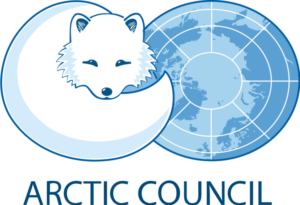
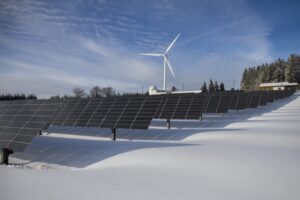


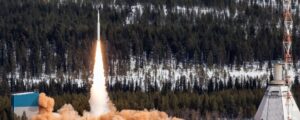


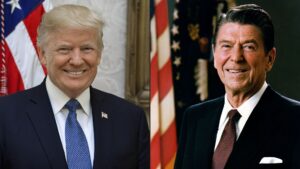
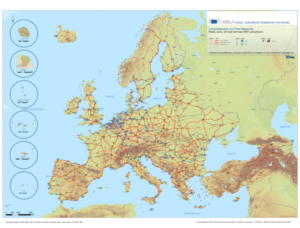
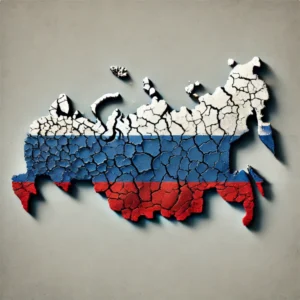
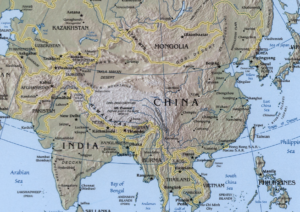





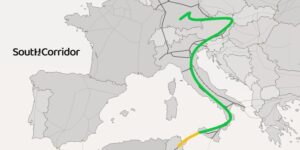





[…] Munich Security Conference covers a wide range of international security and geopolitical topics every year. Some of the main topics that have been discussed at Congresses in recent years have […]
[…] expertise is crucial considering the growing interest and activity in the Arctic region due to climate change and the available natural […]